Increasing Working Capital with Soil Health Management Systems
Illinois Sustainable Ag Partnership (ISAP) is hosting a risk management webinar series this summer. Recaps of the presentations and a link to the full presentations will be provided here after each webinar. The June 25 webinar focused on incorporating no-till cover crops into your soil health management system. LaSalle County farmer Carl Zimmerman shared his experience in getting started on no-till cover crops and how these practices have expanded over the years. Zimmerman was then joined by a panel of experts to provide additional perspective on the agronomic and financial benefits of these sustainable practices. Following are the main [...]
The Surprising Story of Soil Compaction Caused by Water
We’ve all seen water standing in low spots as we’re driving by fields, but why is the water there? Is there nowhere for the water to go, a clogged drainage tile, heavy traffic area, or could it be compaction from all that water? For the purpose of this article, let’s look at how compaction caused by standing water impacts soybean production. How does water create compaction? Porosity, the space between soil particles, can help us answer this question. In normal circumstances, water moves through the space between soil particles and drains away. If water is standing on the surface, [...]
Understanding Crop Nutrients
Let’s take a trip back in time to 6th grade science – and class, today we’re going to review the Periodic Table of Elements. Comprised of both naturally occurring and man-made elements, this list currently has 118 elements. Seventeen of these are essential nutrients, or elements, for all plant life on earth. An “essential element” is required by the plant to successfully complete the vegetative and reproductive life cycle and cannot be substituted for any other nutrient or element. These 17 elements all have very specific tasks within a soybean plant to aid in emergence, structure, energy and reproduction [...]
PODCAST: Soil Compaction Restoration
CCA Soy Envoy, Dave Rahe, looks at soil compaction caused by planting in less than ideal soil conditions and what soybean growers can do to minimize the impact on the 2020 growing season.
Seeing is Believing
In modern production agriculture, sometimes we need to see proof before we can believe. Every year growers perform on-farm research trials to search for a yield advantage from seed selection, herbicide application, fungicide application, seed treatment and the list goes on. In most cases these tests result in positive or negative yield responses and a corresponding positive, negative or flat return on investment. It’s typically hard to put a financial value on the concept of soil health, for the simple reason there are so many variables and it’s a system or ecosystem that takes time—more than one growing season [...]
Improving Soil Health
Soil health is a popular topic today. Many entities including NRCS, universities, non-profits and private companies are promoting soil health and how to improve it. Growers are interested in the health of their soil, but worry that the cost of improving it will not generate a profit and may end up costing them money. Dave Rahe, with RPM Soils and a 2019 CCA Soy Envoy, works as a soil scientist and is very interested in improving the health of his customer’s soils. He says that when studying soil health, you need to track three parameters: chemical, physical and biological. [...]
Soil Compaction: The “Gift” That Keeps on Giving
This article originially appeared on the Corny News Network. Soils in Indiana have been too wet for field work almost since last fall. What I mean by "too wet" is so wet that the soils would not even support the weight of the field equipment without creating ruts or the equipment literally getting stuck. The short term weather forecasts hint that some drying may finally occur over the next couple of weeks. If or when that happens, the pent up energy from delayed spring field activities will explode and there will be a "tsunami wave" of tillage, herbicide application, [...]
Cold, Wet, Frustrating
We can sum up fall and winter, and now spring, in a few words; cold, wet, frustrating. While we still want to plant as early as possible, we need to consider the consequences, especially as they relate to soil compaction. Compaction creates all kinds of issues whether fall or spring. Filing in ruts creates extra work, whether in the fall or spring. Yield is the bottom line, and yield can definitely take a dive on compacted soils. Soil compaction is an issue whether soil is wet or dry, because it changes the air, water and plant root interactions in [...]
WEBINAR: Importance of Aggregation for Soil Health
In this webinar we go in-depth and learn more about how aggregates are an important part of a healthy soil. We’ll start with the basics of how aggregates form, what stabilizes them and how they naturally turnover with time. We’ll also talk about how to evaluate aggregation using a shovel in the field along with options for analyses in the lab. The benefits of stable aggregation are not just physical, but also biological. This is part of why aggregation can be a great indicator of a healthy soil. Knowing what aggregates can do for you and how to manage [...]
Bringing Soil Back to Life
One-quarter to one-third of all arable land on Earth has been taken out of production due to soil degradation. Locations like Syria and Libya were once verdant pockets of food production, but thousands of years of agricultural use has eroded soil to the point of desertification. “Soil degradation is not a new problem,” David Montgomery told attendees at the recent Conservation Cropping seminars. “It is happening everywhere.” The Erosion of Civilizations A geologist and professor of earth sciences at Washington State University, Montgomery has researched the role soil erosion and degradation played in the rise and fall of nations. [...]

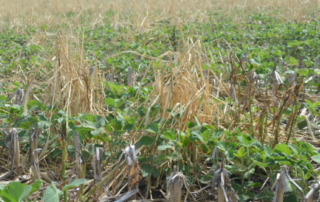
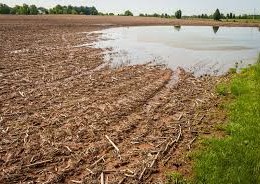
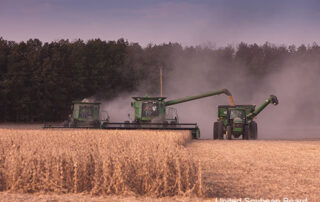
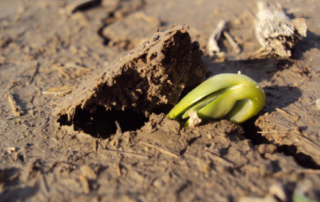
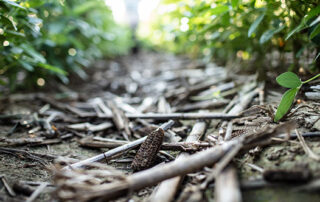
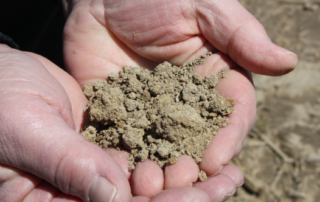
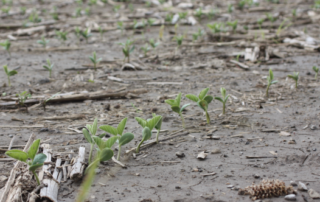
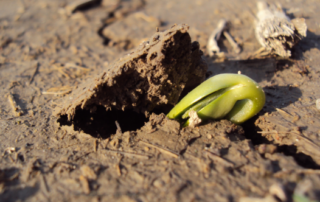
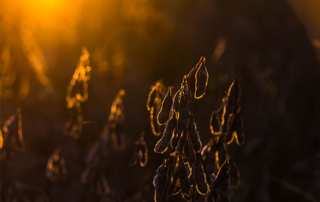
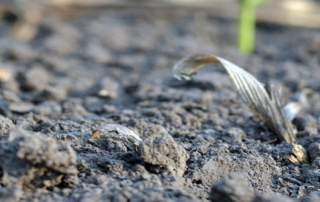

 and then
and then